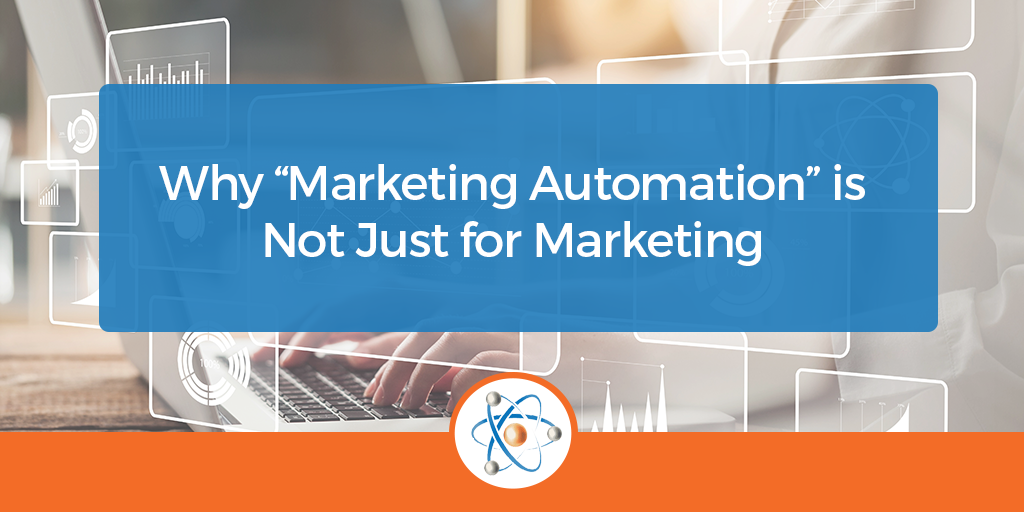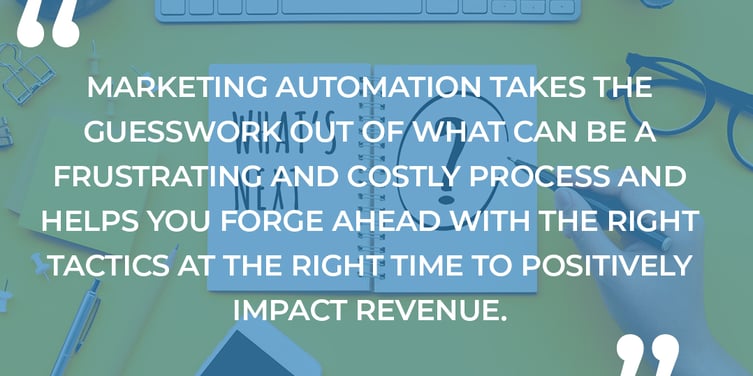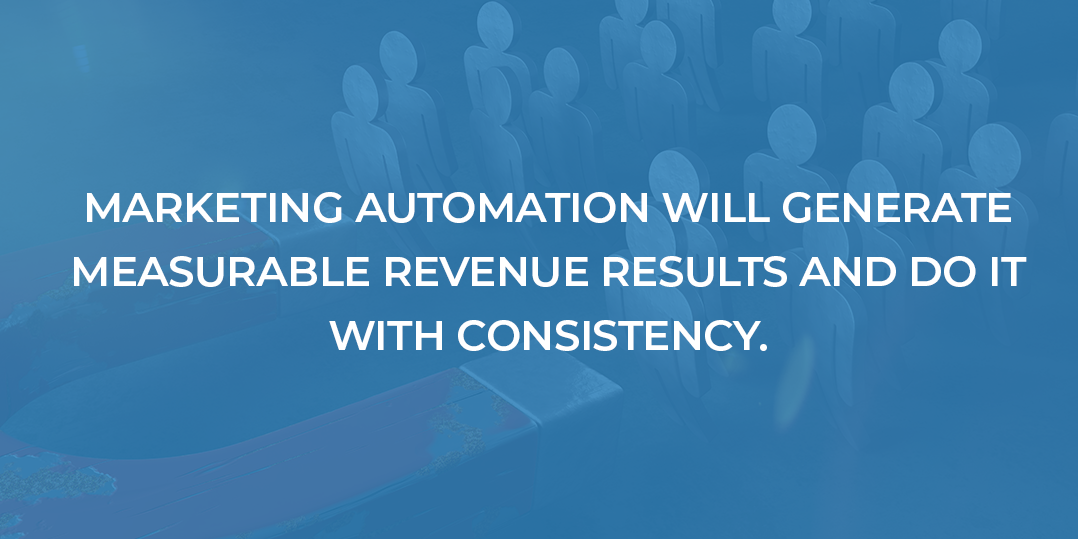
Marketing and sales leaders, customer service and finance leadership teams – even company executives – are struggling daily with how best to AMP-up their revenue production. Many companies make worthy attempts to address their lackluster revenue performance through one-off tactics that range from hiring, firing, and changing sales/marketing roles, to internal digital solutions and customer marketing – to no avail. Sound familiar?
Have you tried to boost your revenue performance by hiring a new salesperson or sales manager, firing a salesperson or sales manager? Fixing the disconnect between sales and marketing by dumping a CRM on the organization in the hopes it yields results? Have you gone so far as to think simply taking out a LinkedIn ad will fix it? Maybe you’ve turned to some sort of digital technology, but how do you know if you've chosen the best option from the vast selection that exists? This shot-in-the-dark approach will get you nowhere. There is a proven way to generate the measurable revenue results you so badly need and do it with consistency – Marketing Automation.
What is Marketing Automation?
Marketing Automation is purpose-built software and applications geared toward performance. This technology automatically manages and measures processes and multi-functional marketing and sales campaigns across multiple channels. When used correctly, it allows your company to nurture potentials and customers through the sales process in a more personalized way and measure the outcomes for better strategy.
Today, marketing automation goes beyond just marketing and sales. With a properly chosen automated rev-gen focused tech stack, various leadership teams can use different platforms to automate and measure communication, campaigns, sales activities, and internal deliverables to increase revenue and maximize efficiency. And it works. You can’t expect results unless you can measure the data and alter what you’re doing to grow your company.
To be successful, a marketer needs to understand which of their revenue generation processes are working and which ones should be jettisoned or improved. Understanding the gap between what is being done now and what should be done next informs the subsequent stage of a company’s revenue generation evolution.
Marketing Automation Solutions
Marketing Automation solutions take the guesswork out of what can be a frustrating and costly process and help you forge ahead with the right tactics at the right time to positively impact revenue. These solutions cover every type of revenue opportunity and provide real, measurable data to get you where you want to go with less hassle and better results.
Depending on which marketing technology ecosystem report you reference, the number of solutions is now over 7,000! No wonder revenue-focused leaders are challenged to select and operate the best set of solutions that will positively impact their overall revenue growth. Admittedly, it can be confusing and make leadership teams shy away from using these technologies.
However, as the number of marketing automation technologies continues to grow, so too does the digitization that makes it easier to administer and measure the outcomes. When you evaluate and prioritize your revenue objectives, you can use one or all of these solutions, which are categorized into sub-classes, to meet your goals.
- Advertising and Promotion
- Content and Experience
- Social and Relationship
- Commerce and Sales
- Data Dashboards and Visualization
- Management

SaaS for Internal Organization & Marketing
The higher impact the Software as a Service (SaaS) marketing and/or sales automation solution, the more complex it is to select, implement, integrate, and optimize to receive positive and attributable impact on revenue generation. However, SaaS applications can also be fundamental, with a singular focus on email, sales management, customer relationship management (CRM), financial management, human resource management (HRM), and billing and collaboration.
SaaS solutions are scalable, automated, and Cloud accessible, and when used stacked together, help organize and streamline your internal systems and communication just as much as they help with customer and marketing relations. Some examples include BigCommerce, Google Apps, Dropbox, MailChimp, ZenDesk, DocuSign, Slack, Hubspot.
MarTech for Optimal Marketing Success
On the Marketing Technology, or “MarTech” solution side of the complexity/impact continuum, think of tactical-point solutions that can do a good job addressing marketing-based needs. MarTech uses software and tech tools to automate, leverage, plan, execute, score, and measure marketing campaigns by collecting and analyzing data, which helps you properly reach and engage your target audience.
The most innovative of MarTech providers have also enhanced their solutions to assist in ALL aspects of the revenue production process comprehensively, not just with the marketing function. This includes sales (with integrated CRM functionality) and automated service components of satisfying/retaining/expanding a marketer’s active clients, as well as internal data.
This cross-functionality helps with one stubbornly persistent revenue generation challenge for many companies – the “siloization,” or splitting of personnel, data, goals, marketing, sales, etc. into isolated units with poor communication. Many companies still only use marketing automation as a stand-alone tool to optimize a website for SEO or generate more leads, when it can be used to drive alignment throughout your entire process.
Examples of stand-alone MarTech that come to mind are email contact list builder, SumoMe, the super-popular WordPress SEO plugin Yoast. On the other end of the spectrum are fully integrated enterprise-scale automation platforms, like Hubspot, Adobe Marketing Cloud, or Salesforce Marketing Cloud.
Though SaaS and MarTech seem to give you even more options to sift through, once you define your revenue operations goals and prioritize their order of importance, finding the one that meets your most immediate needs is a great jumping-off point, then you can add more as you move through your process.
When it comes to marketing, consistently reaching the right audience at the right time with the right message creates customer advocacy, which is the ultimate goal. Doing this well can only result from using marketing automation tools and aligning your people, process, and data™ for end-to-end revenue production™.
Data-Driven Strategy Produces Results
I feel really lucky to have started my career in data-driven marketing well before the internet started its march toward the marketing channel of choice for almost every company on the planet. Data-driven marketing was innovated by the strongest B2B manufacturers, high tech marketers, magazine publishers (remember magazines?), credit card issuers, insurance marketers, automakers, and political fundraisers on the cutting edge.
The savviest of pre-internet marketers were experimenting with ways to automate all the manual processes of keeping customer data cleaned, segmented, and analyzed for marketing purposes. They took this automation and pioneered the use of data-driven best practices for all areas of business. These are still firmly embraced today – test and learn, customer and prospect segmentation, offer testing, A/B splits, response analysis, multi-channel marketing, and contact cadence strategy.

Where Do You Begin with Automation?
The Marketing Automation toolset is a big part of the revenue generation puzzle, but what about the service side of this? Do you have the expertise to strategically correlate your overall revenue generation strategy with the tools utilized by standard processes? What if your business doesn’t have internal subject matter, automation, and data experts that can operate cross-functionally with a focus on getting more and keeping more clients? Fortunately, there are companies like Atomic Revenue that do this for you.
Engaging Atomic Revenue will help you define an overarching revenue optimization plan that is executed through the best technology selection for your goals. All of what we do is designed to use not only marketing technology but additional technologies like data visualization and dashboards, sales automation, and customer service automation to maximize your revenue stream and finally realize your profit potential. To learn more, contact us for a free, no-obligation revenue operations assessment and see where Marketing Automation can take you.
 About the Author
About the Author
George Bardenheier, Chief Revenue Advisor and Executive Partner at Atomic Revenue, is also principal of Bardenheier Growth Strategies. For the entirety of his career, has helped grow B2C and B2B companies with technological data-driven strategy, sales, marketing, and lead-generation systems in both offline and online channels. His innovative marketing message deployment, company expansion skills, outside-the-box thinking, and automation expertise support Atomic Revenue’s mission and clients in customer success and revenue growth.





